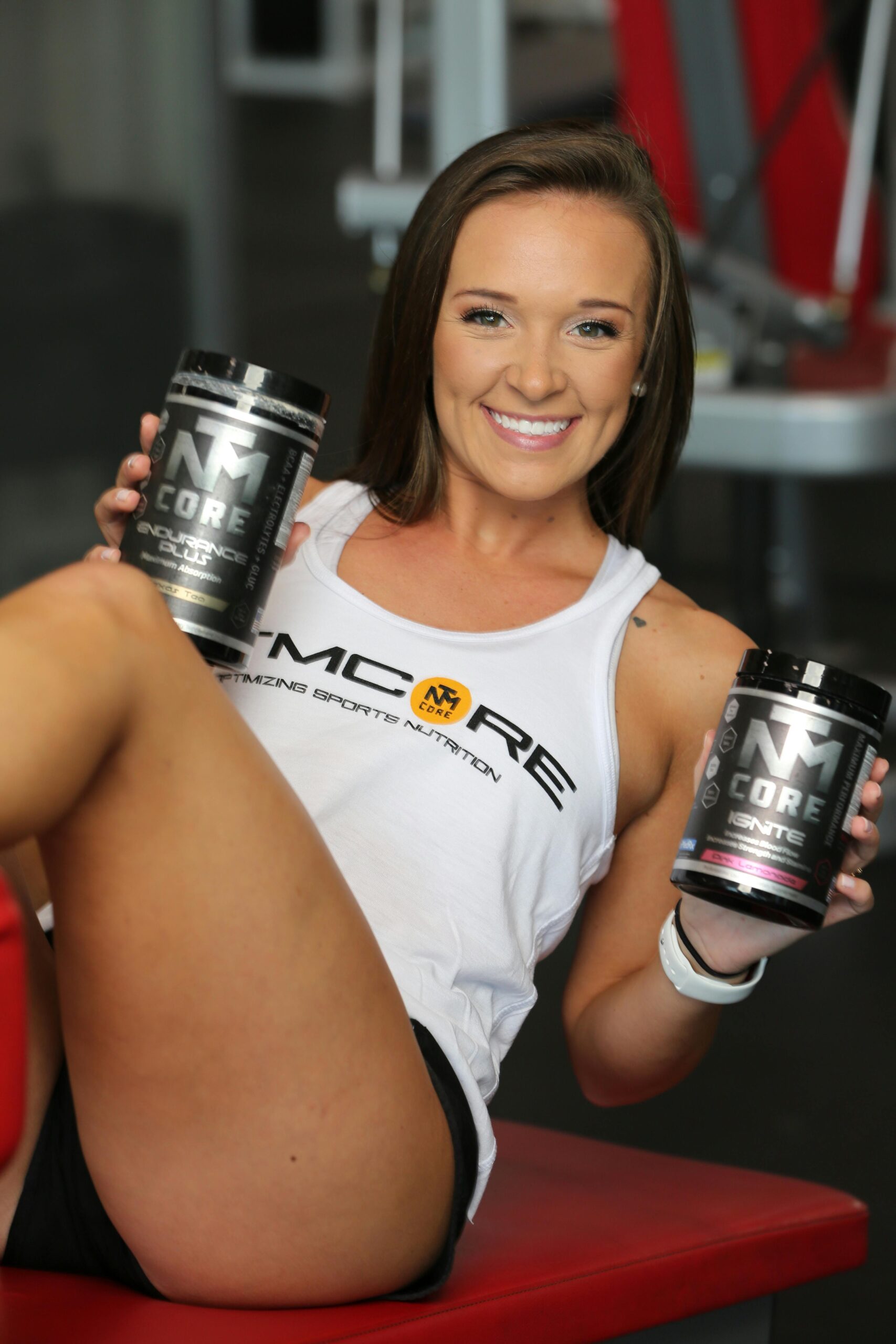Introduction: The Power of Protein Smoothies
Protein smoothies have become a cornerstone of modern nutrition, offering a convenient and delicious way to fuel the body with essential nutrients. Whether you’re an athlete seeking muscle recovery, a busy professional needing a quick meal, or someone aiming to maintain a balanced diet, a well-crafted protein smoothie can meet diverse needs. This article explores the art of creating the perfect protein smoothie, diving into ingredient selection, nutritional balance, and customization tips. Beyond mere recipes, we’ll examine how protein smoothies can enhance energy levels, support fitness goals, and adapt to dietary preferences. By the end, you’ll have a clear roadmap to craft smoothies that are not just tasty but also tailored to your lifestyle. Let’s blend science, flavor, and practicality into every sip.
Choosing the Right Protein Base
The foundation of any protein smoothie is its protein source, which determines both nutritional value and texture. Options range from **whey protein** (ideal for muscle repair and fast absorption) to plant-based alternatives like **pea**, **hemp**, or **brown rice protein** (perfect for vegans or those with lactose intolerance). Consider your dietary goals: collagen protein supports joint health, while casein provides slow-release energy. For a whole-food approach, Greek yogurt or silken tofu adds creaminess and protein. Always check for added sugars or artificial ingredients in pre-made powders. A balanced base ensures your smoothie sustains energy and keeps you full longer.
Balancing Macronutrients for Optimal Fuel
A great protein smoothie isn’t just about protein—it’s a harmony of macronutrients. **Carbohydrates** from fruits like bananas or berries provide quick energy and fiber, while **healthy fats** from avocado, nut butter, or chia seeds enhance satiety and nutrient absorption. For example:
- Spinach or kale adds vitamins without overpowering flavor.
- Oats or quinoa flakes offer complex carbs for lasting energy.
- Coconut oil or flaxseeds contribute omega-3s.
Adjust ratios based on your activity level: post-workout smoothies might prioritize carbs, while a meal replacement could emphasize fats and protein.
Liquid Choices and Flavor Enhancements
The liquid component affects both consistency and taste. **Unsweetened almond milk** and **coconut water** keep calories low, while **dairy milk** or **kefir** adds creaminess and probiotics. For extra nutrition, try green tea (rich in antioxidants) or cold-pressed juice (in moderation). Flavor boosts like cinnamon, vanilla extract, or cacao nibs can elevate a basic recipe. Sweeten sparingly with dates, honey, or stevia. Don’t forget texture: ice thickens, frozen fruit adds chill, and a handful of spinach blends seamlessly. Experimentation is key—adjust liquids gradually to avoid a watery or overly dense result.
Customizing for Dietary Needs and Goals
Protein smoothies are endlessly adaptable. For **weight loss**, focus on low-calorie ingredients like unsweetened protein powder, spinach, and water. **Bulking up?** Add nut butter, full-fat yogurt, and a scoop of oats. Those with allergies can opt for hypoallergenic proteins like sunflower seed powder. Time your smoothie strategically: a morning blend might include caffeine from matcha, while an evening version could feature magnesium-rich almonds for relaxation. Pre-blend dry ingredients for grab-and-go convenience. Remember, the best smoothie aligns with your taste preferences and nutritional objectives—don’t hesitate to tweak recipes until they fit seamlessly into your routine.
Conclusion: Craft Your Perfect Blend
Protein smoothies are more than a trend—they’re a versatile tool for achieving health and fitness goals. By selecting quality protein sources, balancing macronutrients, and tailoring liquids and flavors, you can create a drink that’s both nourishing and satisfying. Whether you prioritize muscle gain, weight management, or simply a nutrient-dense snack, the principles remain the same: prioritize whole ingredients, experiment mindfully, and adjust based on your body’s needs. With the insights from this article, you’re equipped to turn a basic smoothie into a personalized powerhouse. So grab your blender, embrace creativity, and enjoy the journey toward a healthier, more energized you—one sip at a time.
